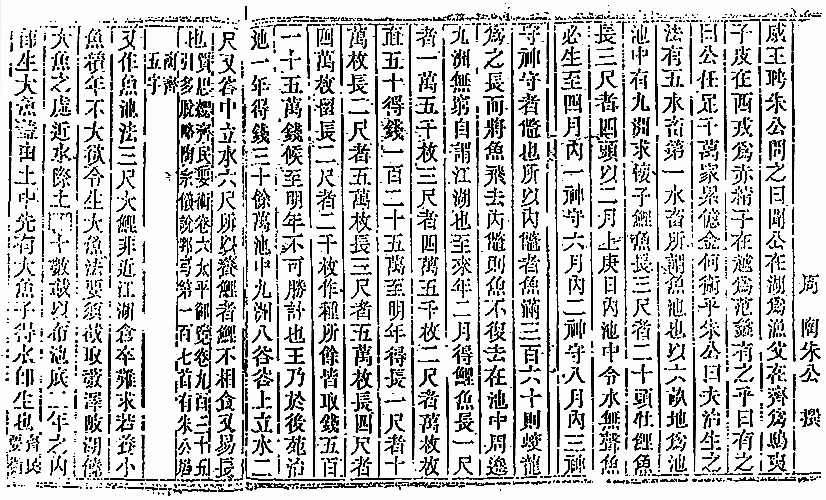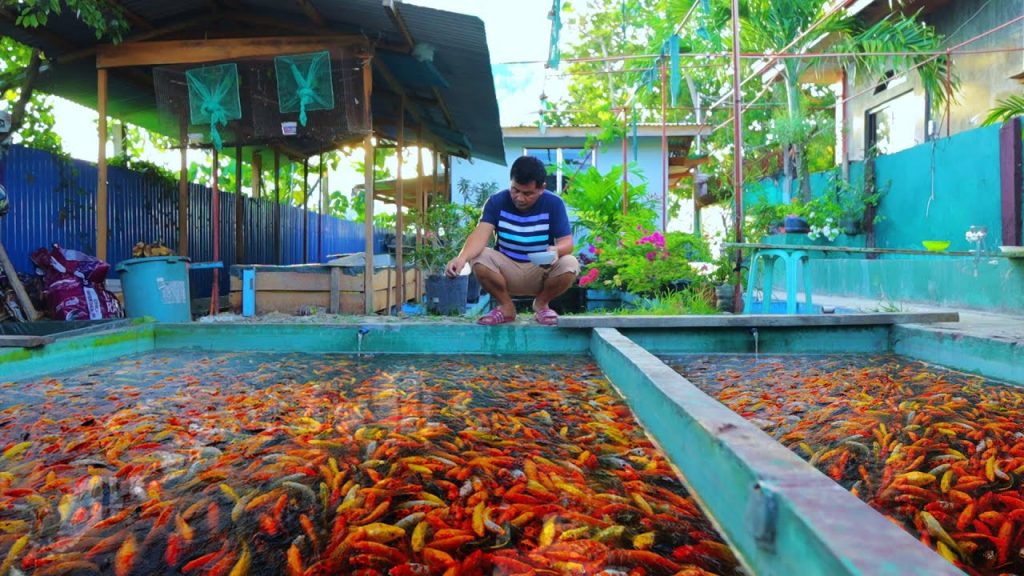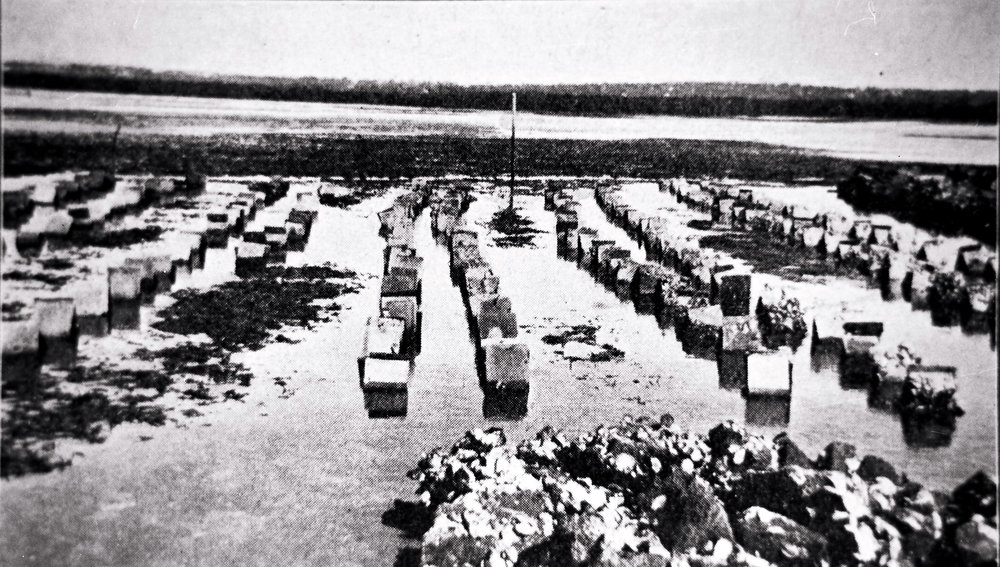Aquaculture, the cultivation of aquatic organisms such as fish, shellfish, and aquatic plants, has a long and rich history that dates back thousands of years. As global demand for seafood has grown and wild fish stocks have declined, aquaculture has emerged as a crucial solution for sustainable food production. Many might not realize this, but aquaculture is one of the oldest forms of organized food cultivation in human history. This is the first article in a series we are calling Aquaculture 101.
The earliest known records of aquaculture come from ancient China around 4,000 years ago. Carp farming is believed to have begun during the Shang Dynasty (1600–1046 BCE), where farmers began trapping wild fish in ponds created by diverting water from rivers. Over time, they learned to breed, feed, and manage these fish more effectively. A book titled “The Chinese Fish Culture Classic” was written by Fan Lee, a politician turned fish culturist, around 475 BCE and it provides one of the earliest written manuals on fish farming, specifically detailing carp culture. To this day, aquaculture is very popular in China.

An Excerpt From Fan Li’s “The Chinese Fish Culture Classic” Written in 5th Century China – University of Maryland
In ancient Egypt, there are depictions dating back to 2500 BCE that show fish being held in ponds, possibly for controlled harvesting. The Greeks and Romans also practiced rudimentary aquaculture. The Roman naturalist Pliny the Elder wrote about oyster farming in the Mediterranean, which became a luxury industry among Roman elites. Oyster farming is still done in the Mediterranean, especially along the French Coast.
Across the world in ancient Hawaii, native peoples developed highly sophisticated aquaculture systems known as loko i‘a, engineered fishponds that used lava rock walls to trap and rear fish like mullet and milkfish. These systems were integrated with natural tidal flows and demonstrated an advanced understanding of ecology. Hawaii is now a leader in aquaculture innovation, especially in the aquarium trade.
In Japan, fish cultivation began with the farming of koi and other carp species for food and ornamental purposes. By the medieval period, rice-fish farming, a method where fish were raised in flooded rice paddies, became widespread in many Asian countries. This practice not only provided a secondary source of food but also benefited the rice crops by reducing pests and fertilizing the soil. Japan’s Koi aquaculture is very sacred, and their breeding practices are typically protected with some fish going for over $10,000!
The practice spread slowly to Europe during the Middle Ages. Monasteries in central Europe played a key role in developing freshwater aquaculture, particularly with species like trout and carp. Monks often maintained fishponds to supply food during periods of fasting when meat was prohibited.
Modern aquaculture began taking shape in the 19th and 20th centuries with advances in biology, chemistry, and engineering. The development of artificial fish breeding, water filtration systems, and formulated feeds greatly enhanced productivity. Salmon farming began in Norway and Scotland in the 1960s and rapidly expanded worldwide. Shrimp farming took off in the 1980s, especially in Southeast Asia and Latin America.
Today, aquaculture is one of the fastest-growing sectors of food production. It now supplies over 50% of the world’s seafood, including fish like tilapia, catfish, salmon, and shellfish such as oysters and mussels. Innovations such as offshore fish cages, recirculating aquaculture systems (RAS), and integrated multi-trophic aquaculture (IMTA) continue to drive sustainability and efficiency.
From its humble beginnings in ancient ponds to high-tech operations across the globe, aquaculture has evolved into a cornerstone of global food security. As the world faces challenges like overfishing, climate change, and a growing population, aquaculture will play an increasingly vital role in feeding the planet. As we continue on our series, we will touch base on the different types of aquaculture found throughout the world and highlight some domestic aquaculture businesses.
- Aquaculture in the Southern United States: Part 3 – Florida and Georgia - September 8, 2025
- Aquaculture in the Southern United States: Part 2 – Alabama & Arkansas - August 25, 2025
- Aquaculture in the Southern United States: Part 1 – Introduction - August 17, 2025


